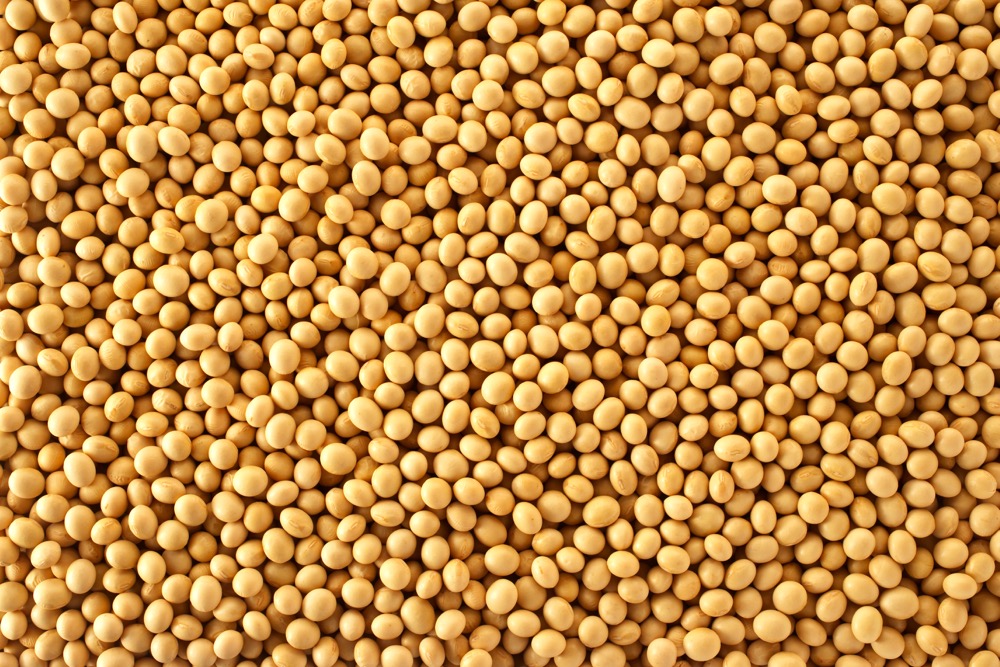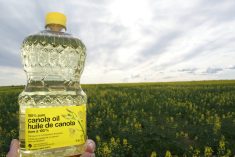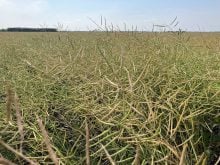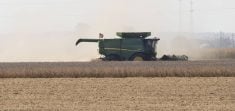Reuters – Chinese soybean buyers attending a large U.S. soy export conference believe imports for 2023 will be a bit larger than some projections, but they don’t see import volumes growing much more in the coming years.
Sun Lige, vice-president of China’s Wellhope Foods Company Ltd., said on the sidelines of the Soy Connext conference that the Asian country will probably import 100 million tonnes of soybeans in 2023, more than the 98 million projected by the United States Department of Agriculture.
He said imports for the next five years will hover around that 100-million-tonne level, as demand for the ingredient, mostly used for animal feed, is set to stabilize.
Read Also
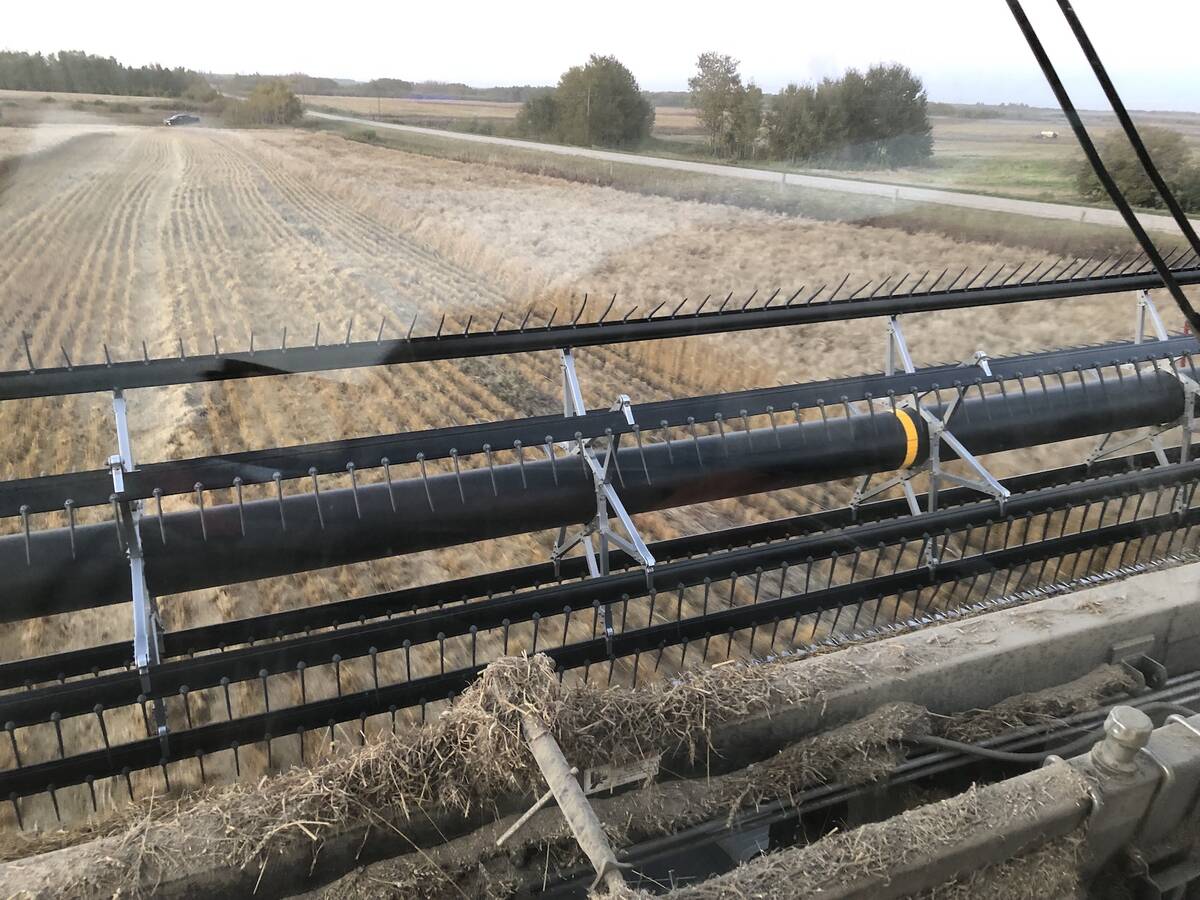
The poetic epic of Manitoba farming 2025
Former Manitoba Co-operator editor John Morriss returns for his yearly poetic sum up of the farming year and look ahead into 2026.
Lige said through a translator that China’s aging population and the tendency for younger Chinese citizens to be drawn to chicken rather than pork are the main factors behind China’s expected soy demand peak.
“I’m not very positive about soy demand going forward,” he said.
He noted that price is among the considerations fueling the shift toward poultry, as well as health concerns.
The protein efficiency ratio, used as a measure of how much grain an animal needs to eat to gain weight, is higher in poultry, meaning that there will not be the same need to import soybeans if pork consumption falls.
Li Ying, procurement manager for Sichuan Tequ Investment Group Co., said that China will buy the soy it needs either from the U.S. or South America, looking mostly at price and regardless of quality.
China usually alternates its buying between Brazil and the U.S., depending on time of year, as the two largest producers have their harvests in opposite windows.

